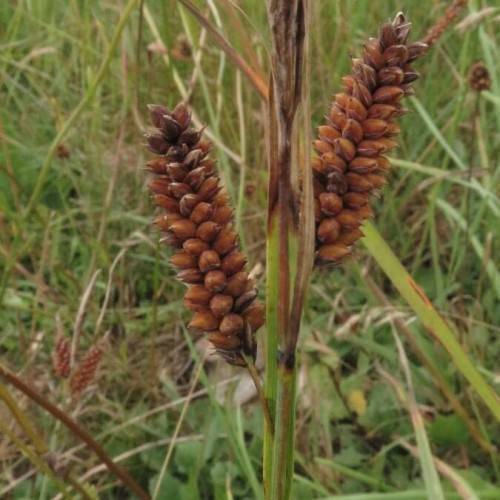
Columbia Sedge
Carex aperta
Watering:
Average
Hardiness Zone:
Flowers:
Flowers
Sun:
full sun,part shade
Soil:
Loam, Humus Enriched
Leaf:
Yes
Growth Rate:
Low
Drought Tolerant:
Yes
Salt Tolerant:
Yes
Invasive:
Yes
Care Level:
Medium
watering
Eastern Narrowleaf Sedge should be watered moderately and consistently. Water once every 3-4 days, just enough to ensure the soil is moist (not soggy) but not dry. During the hottest parts of the summer, you may need to increase the frequency of watering to once or twice a day depending on the climate and your soil. In the winter or cooler months, reduce or stop watering until late spring or early summer.
sunlight
Eastern Narrowleaf Sedge (Carex amphibola) needs about 4-5 hours of direct sunlight per day for optimum growth. This plant species prefers part shade, so direct sunlight should not be provided for more than 6-7 hours per day. Avoid direct sunlight during hotter parts of the day, such as late morning or afternoon, as this can be too intense for the plant and may damage it. Eastern Narrowleaf Sedge does best when planted in a shaded area, such as next to a wall, tree, or tall shrub. This will help provide enough sunlight while still remaining somewhat cool during the hottest parts of the day.
pruning
Eastern Narrowleaf Sedge should be pruned in late spring for optimal health and blooming. Pruning should be done by clipping off the dead or damaged leaves and stems, as well as any overgrown or crowded growth. This will aid in overall air circulation and help promote new growth. The amount of pruning should be kept to a minimum, as too much pruning can cause undue stress on the plant. For lighter, more cosmetic pruning, only the old or dead foliage should be removed, and new growth should be left as is.
